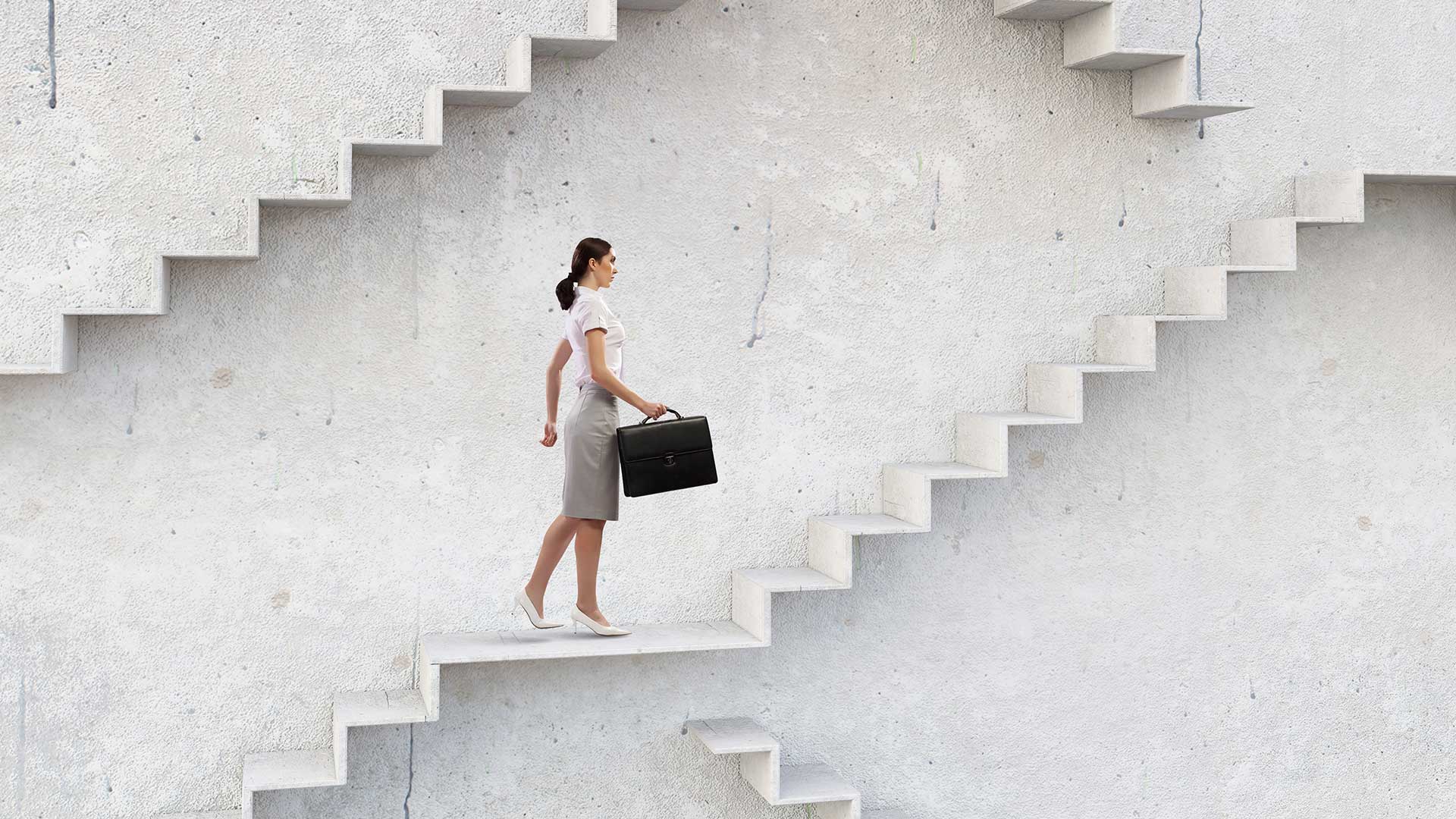The following is an executive summary of our latest white paper, Unlocking Talent Mobility with Leadership Coaching.
According to a study by Josh Bersin, 40 percent of U.S. workers either changed jobs, managers, or roles in 2020 (Bersin, 2021). The COVID-19 pandemic played a large role in these employment changes, with companies having to rebalance and redeploy talent to survive the early stages of the pandemic. Agile companies like Walmart and Amazon—those that were able to make those changes quickly—not only survived, but they also thrived.
Today, though, employers are experiencing a new threat: the Great Resignation. A survey by the Society for Human Resource Management (SHRM) found that 40 percent of U.S. workers are currently looking for a new job or plan to do so soon (a PwC survey put that number at 65 percent), twice the rate seen in 2019. The SHRM survey also found that 49 percent of U.S. executives said that in the past six months, the turnover rate in their organization was higher or much higher than usual.
There are a variety of reasons why employees are leaving, but one reason frequently cited by workers is the lack of internal career mobility. A study by Lighthouse Research & Advisory found that two-thirds of workers who have left their job said it was because of a lack of growth opportunities, but 90 percent said they would have stayed if those opportunities were offered. To create those internal opportunities and increase employee engagement and retention, agile organizations are shifting gears and focusing on developing robust talent mobility programs.
Talent mobility was traditionally defined as moving in-house talent through various roles and functions to allow them to acquire new skills and hone existing ones. Today, though, talent mobility has become more than that, with agile organizations viewing talent mobility to identify, develop, and quickly deploy talent to meet business needs. Pre-pandemic, talent mobility was seen as a “perk” offered mostly to high-potential employees. Employers would move high-potential employees through various roles and functions to learn new skills and prepare them for upward mobility in the organization. In other words, traditional talent mobility prepared high-potential employees to climb the corporate ladder.
Today, agile organizations view talent mobility less like a ladder and more like a lattice, where in-house talent at all levels—not just high-potentials—can move up, down or sideways. These organizations are moving away from traditional career paths, competency frameworks, and succession plans because they are often too slow to respond to rapidly changing business needs. Roles and business demands are changing too quickly, and skills are becoming obsolete faster than ever. These more traditional approaches to career development simply can’t keep up with the pace.
Organizations with robust talent mobility programs experience higher retention, lower turnover, and lower hiring costs, among other benefits. Moving talent within an organization also speeds leadership development at all levels. Great leaders “know the business of the business,” and possess knowledge and experience beyond their functional areas, so moving these leaders throughout the organization, whether it is vertically or laterally, speeds up the learning curve and develops dynamic leaders with a broader understanding of their organization as a whole.
Leadership coaching is the key to unlock talent mobility. Leadership coaching helps prepare leaders before they transition into a new role, so they can better anticipate the challenges they will face, either in a new functional role, a managerial role, or both. Leadership coaching also provides valuable support for employees after they transition into new roles, helping them adjust and adapt to their new role and responsibilities. Career transitions fail for a variety of reasons, often with significant consequences for the individual and the organization. Coaching helps ensure successful transitions, creating a foundation for effective talent mobility.
Our latest white paper, Unlocking Talent Mobility with Leadership Coaching, explores:
- Why talent mobility is critical for organizational success
- How organizations benefit from talent mobility
- Common obstacles to talent mobility
- The rise of talent marketplaces
- The place for leadership coaching in a talent mobility program
To read the complete white paper, download here.









